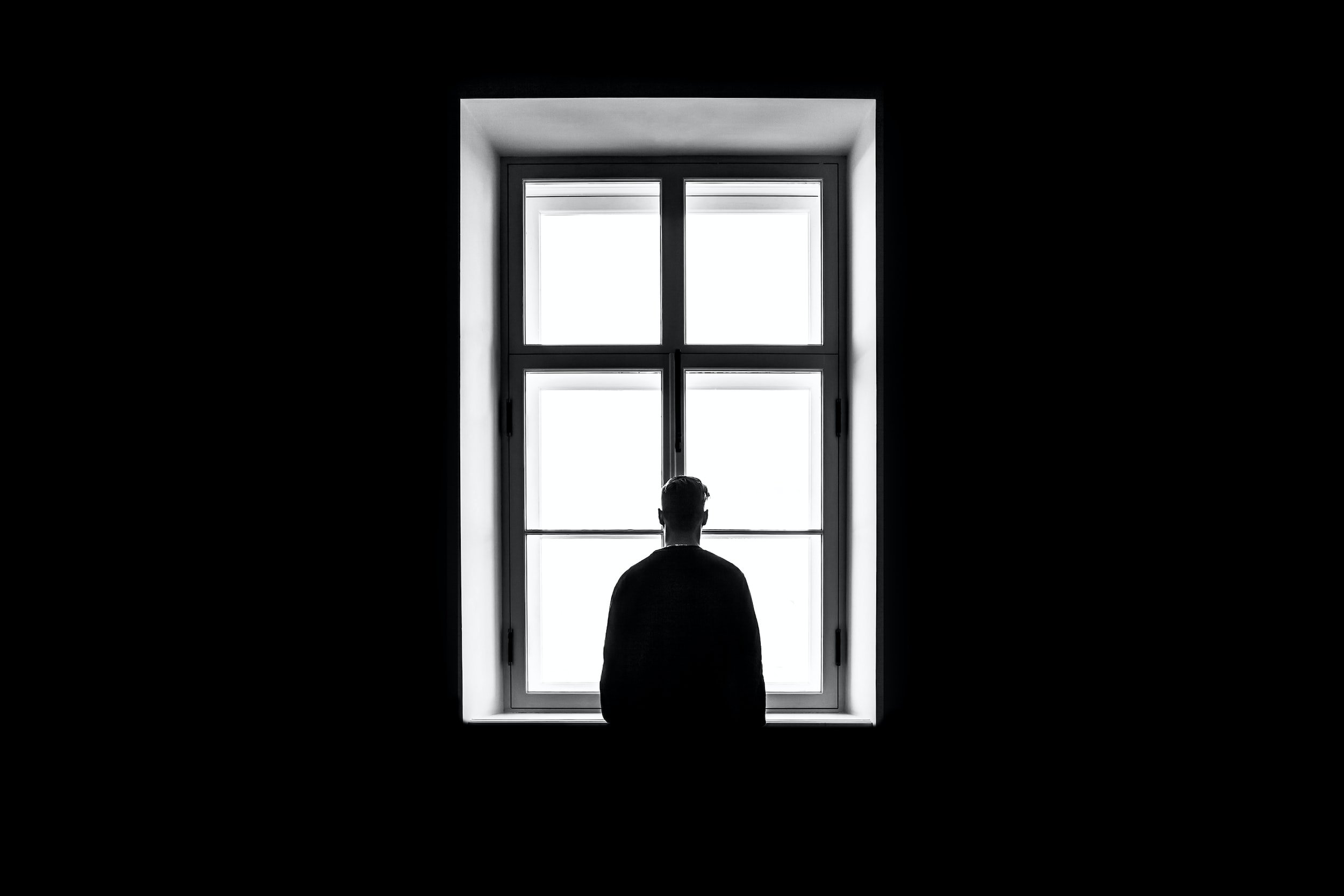Why don't I enjoy the things I used to?
Please note: our blog posts are solely informational and are not meant to replace individualized therapeutic advice or healthcare.
We all go through times in our lives where the urge to cancel a plan or just cocoon on the couch feels like the right move to make on a particular day. This might feel restful and even nourishing for you at that moment. But, when it becomes more chronic and is coupled with the sense that certain activities that used to bring you joy just don’t anymore, then you might be dealing with anhedonia.
Anhedonia is the inability to feel pleasure, and damn does it suck!
When pleasure is unattainable then motivation wanes and soon there is a feeling of being stuck in joylessness. Completing tasks, feeling accomplished or purposeful naturally diminishes and we languish instead of flourish in our lives.
Anhedonia is often associated with depression or even anxiety.
There are chemical reactions that happen in the body that create or maintain anhedonia. This feeling is often associated with a decrease in the neurotransmitter dopamine. Dopamine was historically known as the pleasure chemical, being released upon the completion of something and giving us the ooey-gooey feeling of satisfaction. But more recently, the belief is that dopamine is actually responsible for shaping our behaviours on the way to a reward. It’s not the pleasure hormone chemical itself, but rather it keeps us moving towards the activities that bring pleasure and decrease undesirable outcomes or pain. So it makes sense that when there is a decrease in dopamine then we are not motivated to move towards pleasurable activities and feel stuck in the blahness of life.
Does decreased dopamine cause anhedonia or does something about anhedonia cause a decrease in dopamine?
Hmmm, well that’s a tougher question to answer. What came first, the chicken or the egg?
But, it might not matter what came first. What matters is what you can do about it so that you can start to feel better.
Anhedonia is associated with a pattern of negative thoughts about the self, the world or the future. This can create feelings of dread, powerlessness, grief, self-doubt etc. which often shape how you behave and interact with the world. These actions usually reinforce those negative thoughts and beliefs and the vicious cycle continues.
For Example
Thought: “I hate talking in front of groups, my presentation is going to suck!”
Feeling: You might feel weighed down by that critical voice that makes you feel worthless and trigger sadness, fatigue and hopelessness.
Action: Avoiding these thoughts and feelings through procrastination then reinforces that belief because you haven’t put much effort into the work or preparing for speaking in front of people. Your presentation is likely not as good as it would have been had you been able to prepare and practice.
Thought records are an effective Cognitive Behavioural Therapy (CBT) strategy for addressing the thought-feeling-behaviour cycle. Instead of having these thoughts occur automatically, you write them down, look for patterns and which core beliefs they represent, then you can work on addressing the root of these issues. This is just one therapeutic strategy for working through the thoughts that lead to these feelings and actions, and each modality (emotion focused therapy, narrative, solution-focused etc) will have a slightly different approach to this cycle. Sometimes trying out a few options is necessary until one strategy feels like it fits you and your time, energy, resources and values best.
The other way to address anhedonia is to work on dopamine levels in your body. You can engage in activities that are associated with increased dopamine levels such as exercise, listening to music, getting outside, being social and even having a cold shower or plunge. The cold plunge (or cold therapy) has a growing following of devotees because they say that it helps them feel invigorated, like their whole body is alive and tingling with energy. If that sounds like something you might be interested in, there are lots of great resources about cold therapy, including the Wim Hof Method for you to explore.
Ultimately, by building these activities into your day over time, that chemical boost will linger and potentially help you build the motivation that is inherently lacking when you experience anhedonia.
If you are considering therapy for anhedonia or depression you can contact us with questions or book a FREE consultation. We’ll get to know you and your needs in therapy and then pair you with the right therapist on our team.
Read more about depression therapy.

